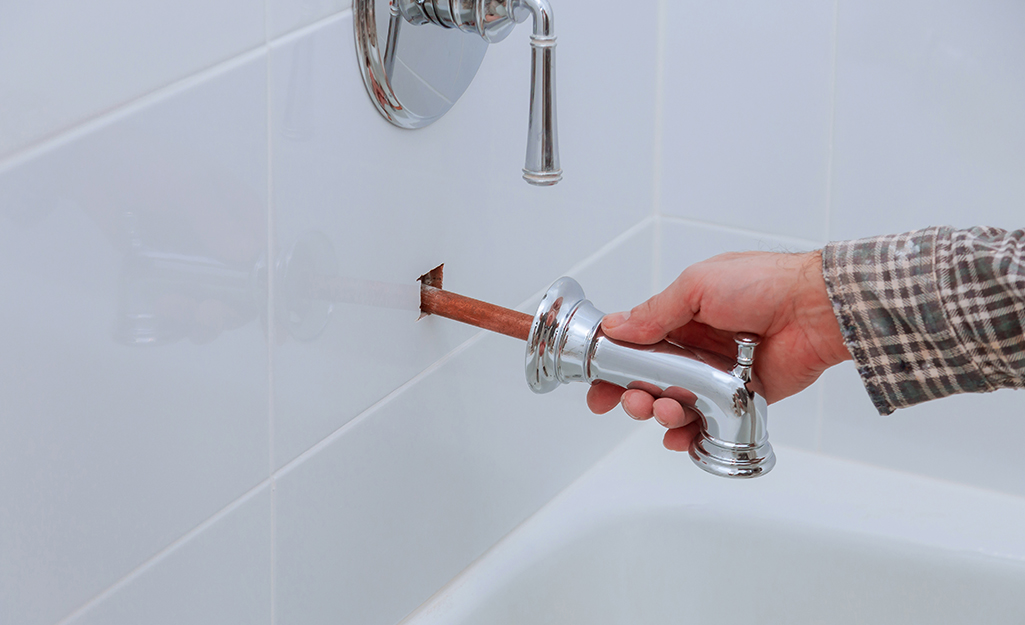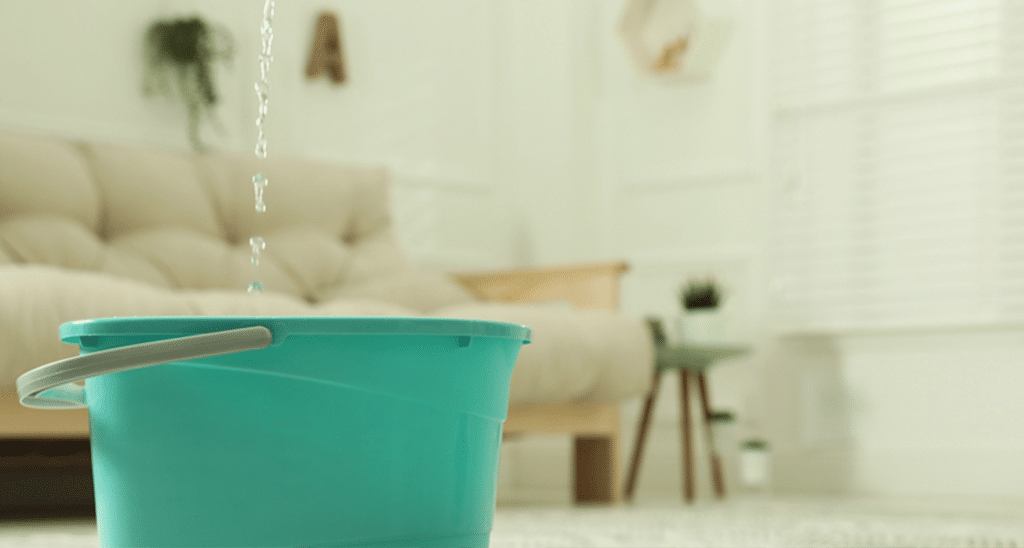We have discovered the article relating to How to Fix a Leaky Faucet directly below on the internet and concluded it made sense to share it with you over here.

Intro
A leaking tap could feel like a small annoyance, however its repercussions prolong much beyond the occasional drip. Understanding the effects of a leaky tap is crucial for both homeowners and the atmosphere. In this write-up, we'll check out the numerous impacts of this usual household problem and why resolving it quickly is crucial.
Reasons For Leaky Faucets
Leaking taps can arise from a variety of aspects, consisting of wear and tear, high water stress, and deterioration. Gradually, the consistent use of faucets can cause damaged seals and gaskets, causing leaks to establish. In addition, excessive water stress can place stress on plumbing fixtures, leading to leaks. Deterioration and rust can also deteriorate tap parts, making them prone to leakage.
Water Wastage
One of one of the most considerable effects of a dripping tap is water wastage. Even a small drip can add up to gallons of wasted water over time. This not just drives up water bills yet also adds to water shortage and environmental deterioration. Dealing with dripping faucets immediately is important for conserving this valuable resource and decreasing its effect on the planet.
Financial Impact
In addition to wasting water, leaky faucets can also have a significant financial influence. Raised water costs are a straight consequence of water wastefulness, setting you back home owners thousands of bucks every year. Additionally, the expense of repairing water damage brought on by leakages can be considerable, particularly if left ignored for an extended duration.
Ecological Effect
The environmental influence of dripping faucets extends past water wastefulness. By saving water, property owners can contribute to more comprehensive initiatives to reduce water scarcity and protect all-natural environments. Sustainable alternatives such as rain harvesting and water-efficient fixtures can better minimize the environmental impact of family water usage.
Technical Solutions
Advancements in technology have caused the growth of clever taps and water-saving tools that help minimize water wastage. Smart faucets use sensing units to detect motion and adjust water flow accordingly, decreasing waste without compromising benefit. Water-saving gadgets such as aerators and low-flow showerheads are likewise efficient in preserving water without endangering efficiency.
International Viewpoints
While dripping taps might appear like a localized issue, they add to more comprehensive international obstacles such as water shortage and climate change. In areas already dealing with water stress, every decrease counts, making leakage prevention and repair service essential. By embracing water-saving techniques and investing in sustainable innovations, home owners can play their part in dealing with these pushing global issues.
Regulative Actions
Government guidelines play a crucial role in alleviating the influence of leaky faucets and promoting water preservation. From constructing codes that call for water-efficient components to water-saving motivations and rebates, policymakers have a variety of tools at their disposal. By carrying out and applying these regulations, governments can guarantee that house owners focus on water preservation in their daily lives.
Community Impact
Dealing with leaking faucets needs collective efforts at the community level. By elevating recognition about the relevance of water preservation and offering sources for leak detection and repair work, regional authorities can empower house owners to do something about it. Campaigns such as water-saving refund programs and leakage detection campaigns can incentivize habits modification and advertise accountable water use.
Situation Researches
Real-life examples of the influence of leaky taps underscore the value of proactive upkeep and timely repair services. From water damage to escalating water bills, the effects of disregarding leaks can be severe. By sharing these case studies, home owners can better recognize the importance of dealing with leaking taps immediately.
Educational Campaigns
Educational projects play a vital duty in raising recognition about the impacts of dripping faucets and advertising water preservation practices. With workshops, seminars, and on-line resources, property owners can find out how to discover and fix leakages themselves. By empowering individuals with expertise and devices, educational campaigns can cultivate a culture of accountable water use within communities.
Health Worries
Dripping faucets can produce helpful settings for mold and mildew and mildew growth, positioning health and wellness dangers to owners. The presence of mold can intensify breathing problems and allergic reactions, specifically in at risk people. Furthermore, water damages arising from leakages can compromise the structural stability of structures and lead to costly repair work.
DIY vs. Expert Fixing
When confronted with a leaking tap, house owners usually question whether to try fixings themselves or hire a professional plumber. While DIY repairs can conserve cash, they might not always deal with the underlying issue efficiently. Professional plumbers have the knowledge and equipment to diagnose and deal with leakages properly, guaranteeing long-lasting services and peace of mind for homeowners.
Safety nets
Stopping leaking taps calls for routine maintenance and aggressive steps. Simple tasks such as changing worn-out washers and seals can protect against leakages from developing. Additionally, updating to top notch fixtures and lowering water pressure can help lengthen the life expectancy of taps and lessen the risk of leakages.
Conclusion
Finally, the effects of a dripping faucet expand far past the occasional drip. From water wastefulness and enhanced water costs to health and wellness problems and ecological impact, the repercussions of ignoring leaks can be significant. By attending to leaky taps promptly and taking on water-saving practices, home owners can reduce these results and contribute to an extra sustainable future.
Why You Shouldn’t Ignore a Leaky Faucet in Your Home
What Causes a Leaky Faucet?
Various factors can cause a leak, from loose and worn-out parts to corrosion. Your faucet has four essential components from which most plumbing issues will stem: the O-ring, the valve seat, the washer and the gasket.
What Is an O-Ring?
The O-ring is a stem screw that fastens parts of the faucet in place, preventing water from leaking out of the spout. Depending on your faucet type, the stem might have multiple O-rings. Water will drip from the faucet’s handles and base if this part breaks or deteriorates.
What Is a Valve Seat?
The valve seat controls the flow and temperature of the water. Found at the base of the handle, it works as a seal for the faucet’s stem. The valve seat ensures the water is allowed to flow or is blocked as the handles dictate. You’ll know it’s malfunctioning when water leaks from your faucet’s sides.
What Is a Gasket?
The gasket is found between the water inlet and the valve stem. It creates a seal between the faucet and the sink, holding its joints by aerators attached to the stem’s head. Water will trickle out from the base if the gasket isn’t working.
What Is a Washer?
The washer secures the handles and prevents leakage, serving a similar purpose to the O-ring. While the O-ring is ordinarily round and made from an elastic material, such as rubber, the washer is square-shaped and composed of brass, copper and other hard metals. If it malfunctions, corrodes or has been improperly installed, water will leak out of the handles, causing that incessant faucet drip.
Why Is a Leaky Faucet Dangerous?
A leaky faucet left alone for too long can have significant consequences.
Pest Infestations
Since bugs and rodents gravitate towards the scent of water, a leaky faucet will draw pests to your sink. Both are looking for leaks accessible through crawl spaces, which a faucet provides. If you leave water dripping for too long, you run the risk of an infestation.
Rust
If one of the faucet parts has started to corrode, the resulting rust can spread to your pipes and valves with startling speed. The rust might even lead to cracks or other impairments, resulting in more severe plumbing issues.
Your sink could also sustain damage from a leaky faucet. The water in your tap possesses sparse elements of calcium and iron that can stain your sink with repeated and prolonged exposure. Once those elements in the water have been open to the air for some time, your sink will start to rust, creating marks that can be difficult to remove.
https://www.tomsmechanical.com/blog/why-you-shouldnt-ignore-a-leaky-faucet-in-your-home

I stumbled upon that entry on Here's How to Fix a Leaky Faucet while scouting around the internet. Loved our blog posting? Please quickly share it. Let someone else find it. I enjoy reading our article about Health Risks Posed by Leaking Faucets.